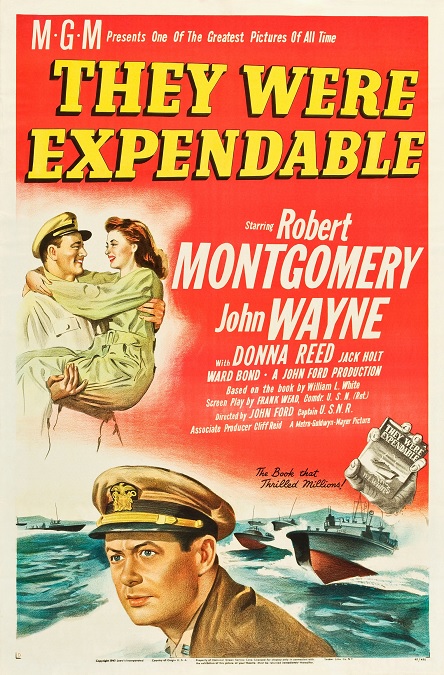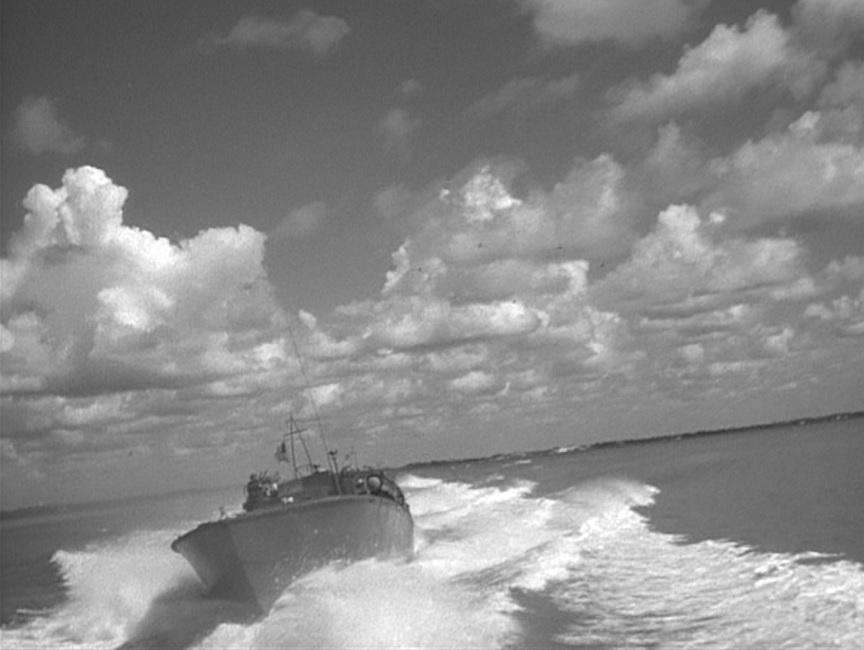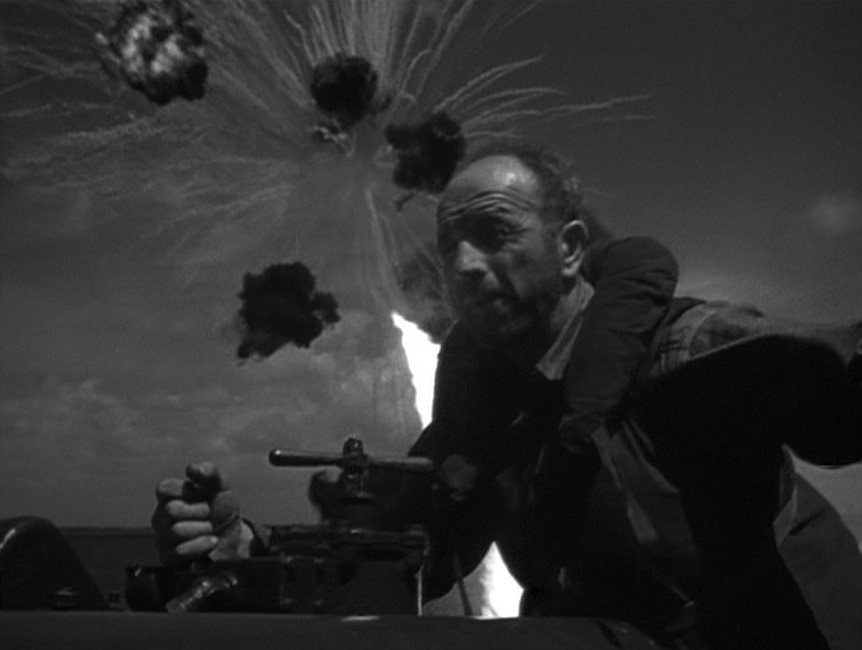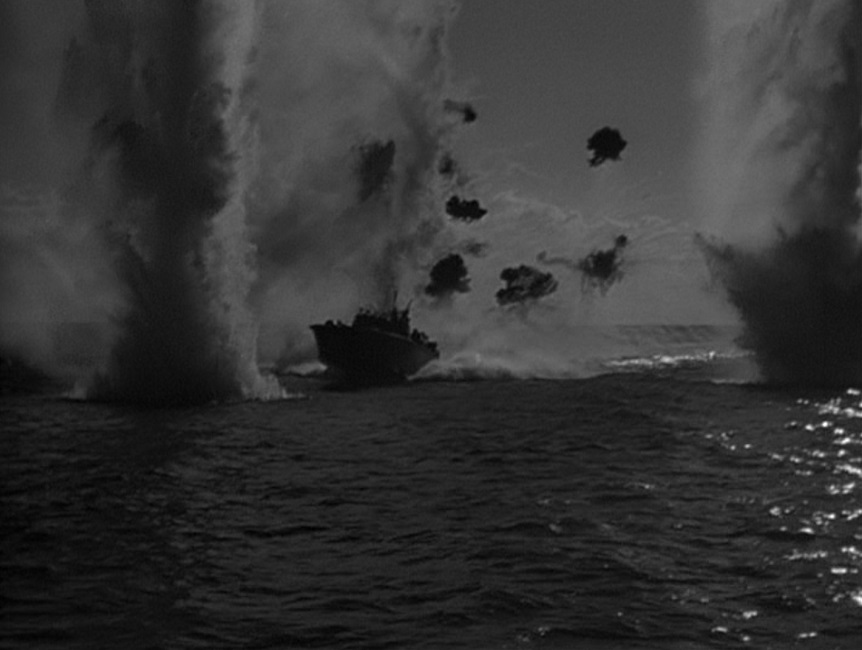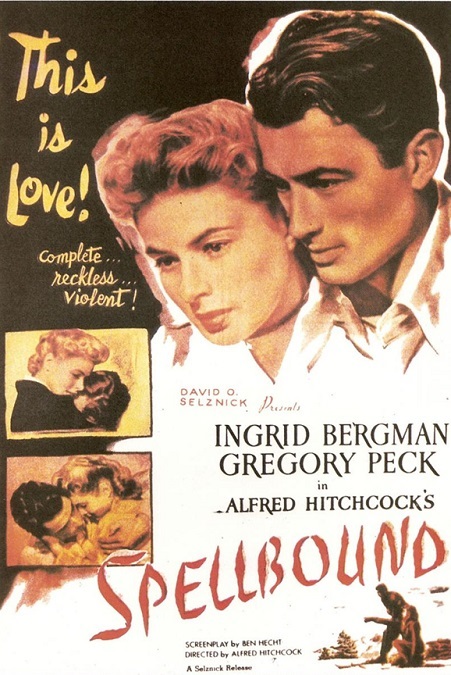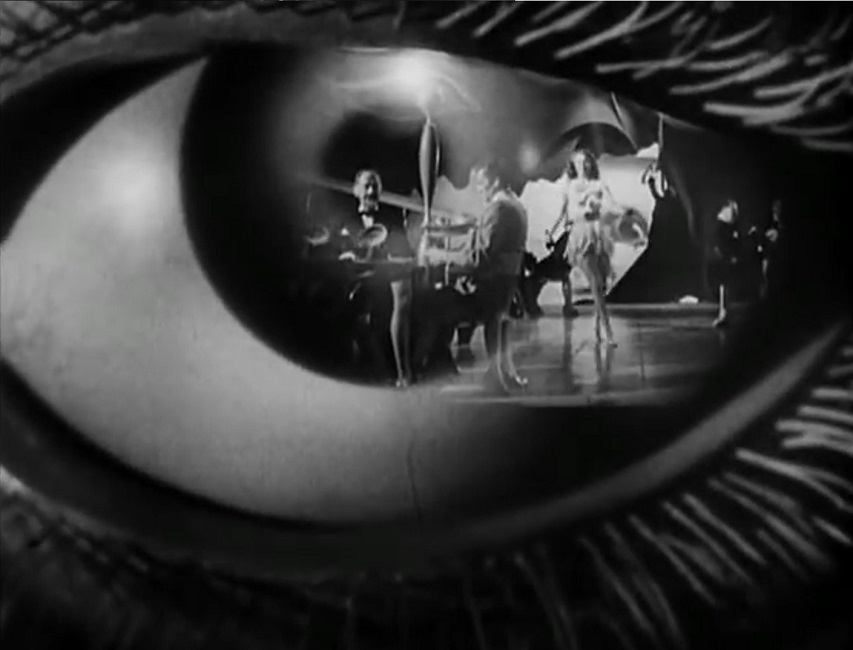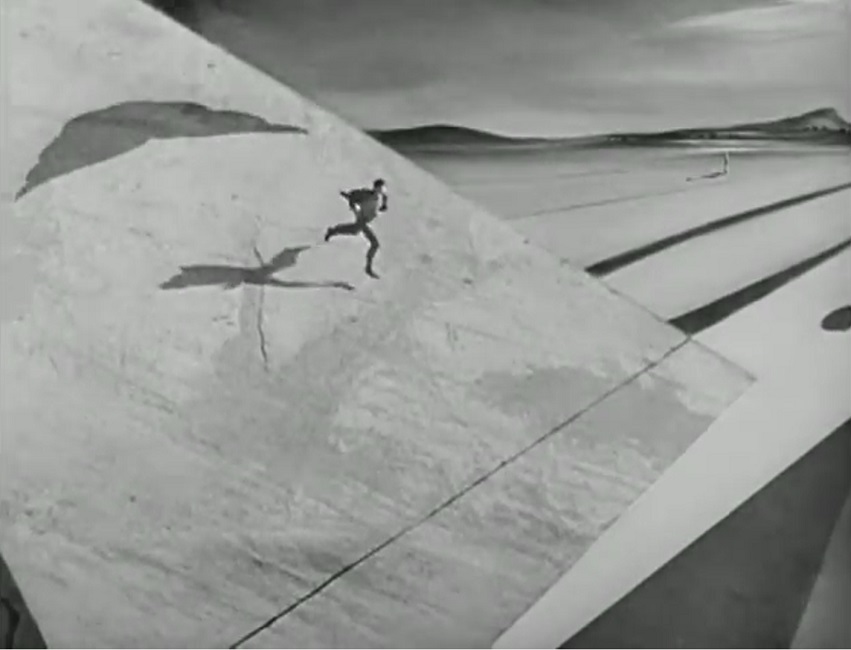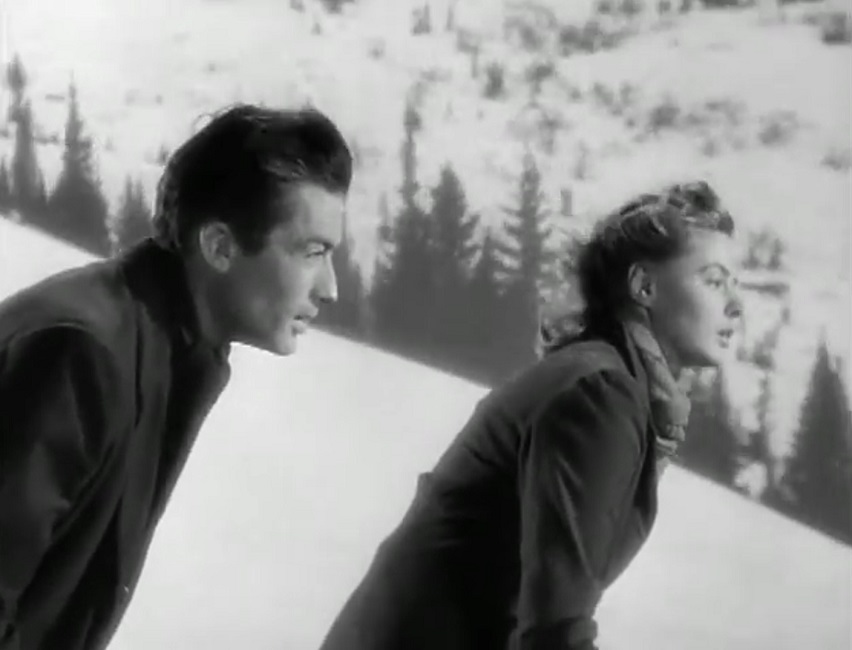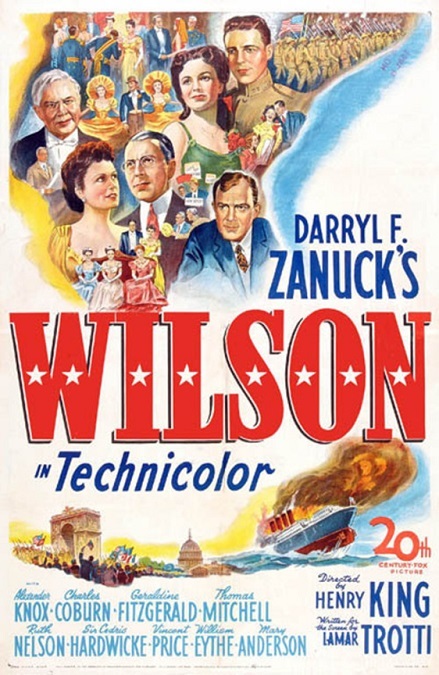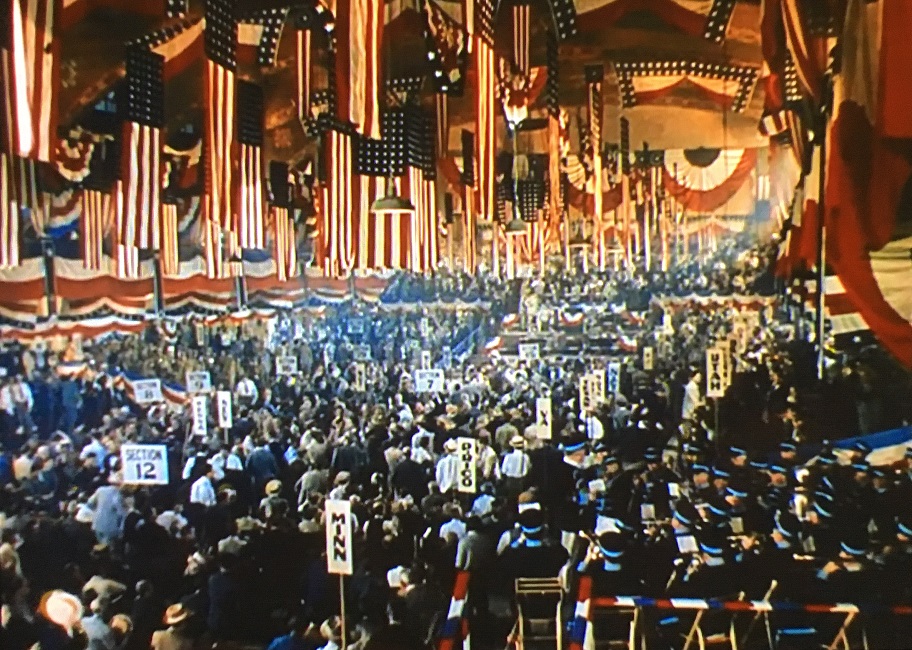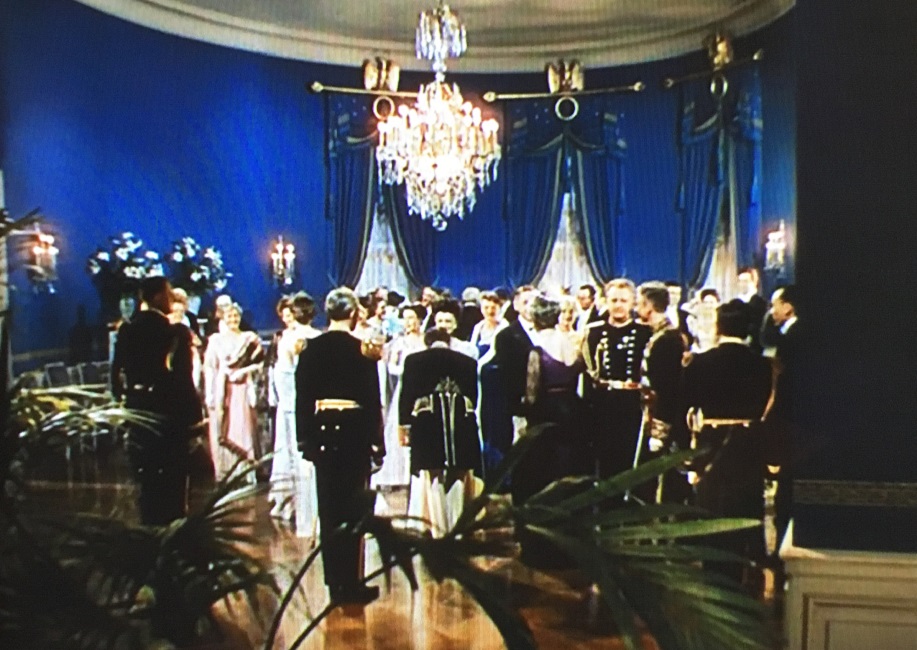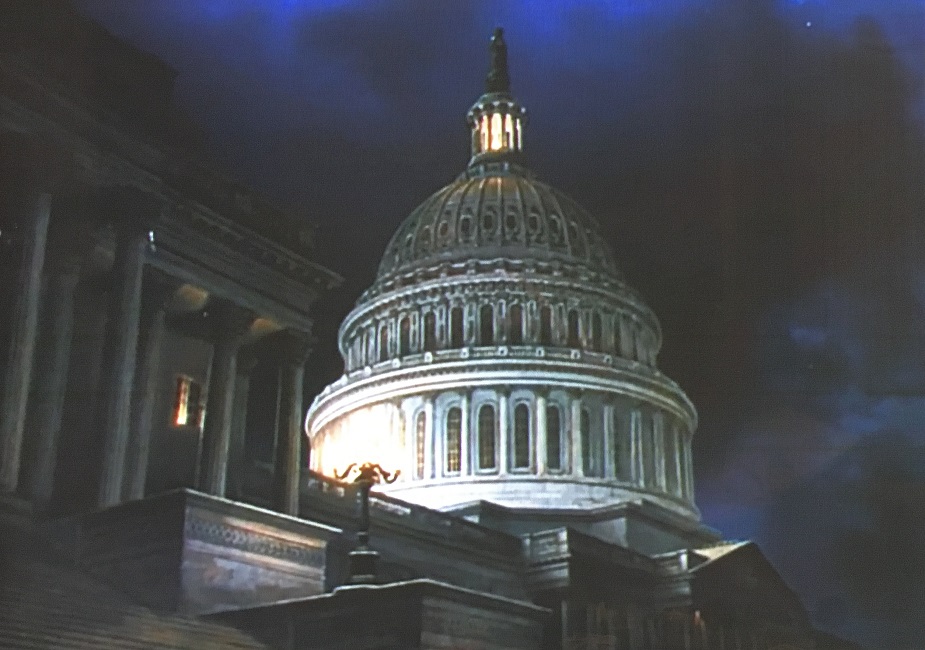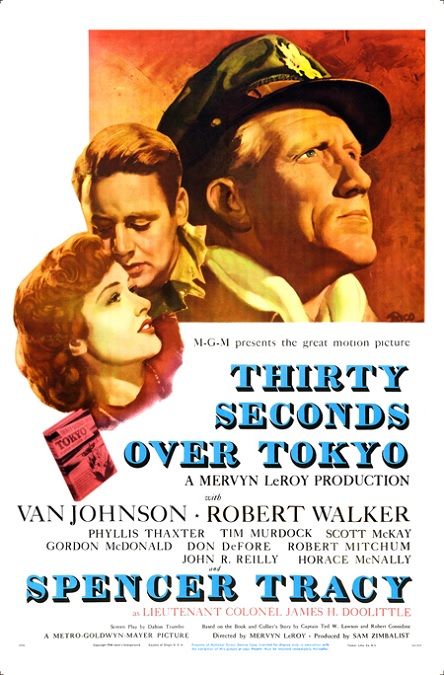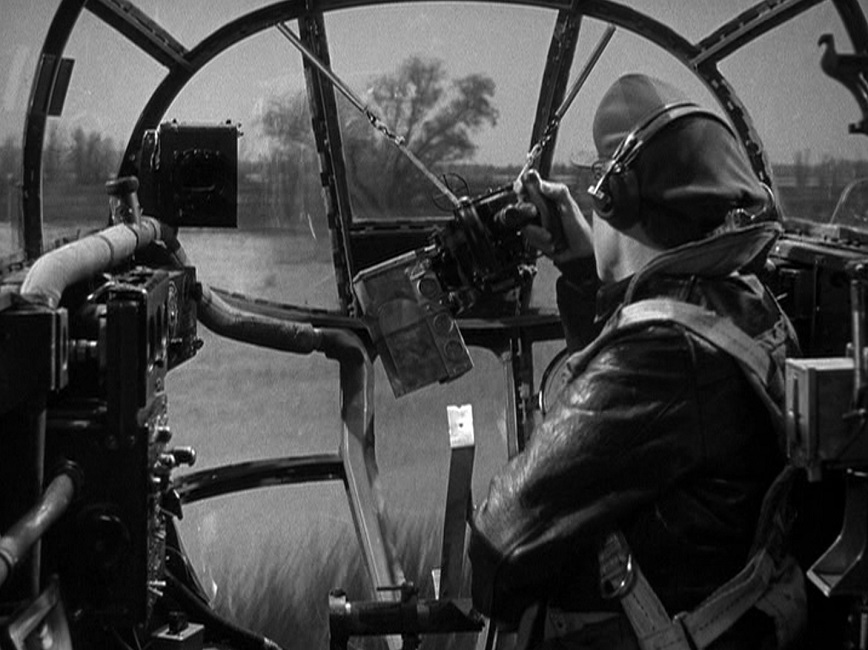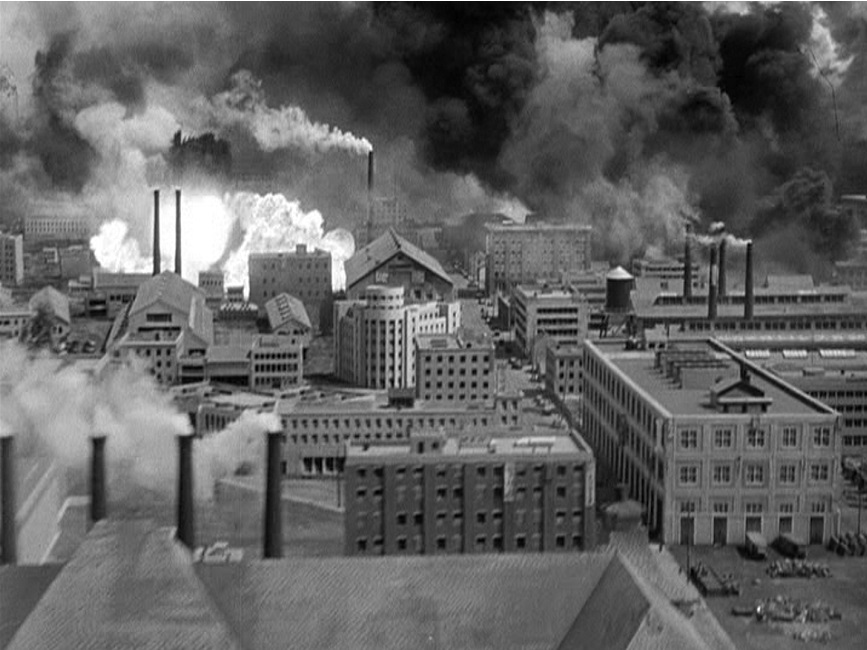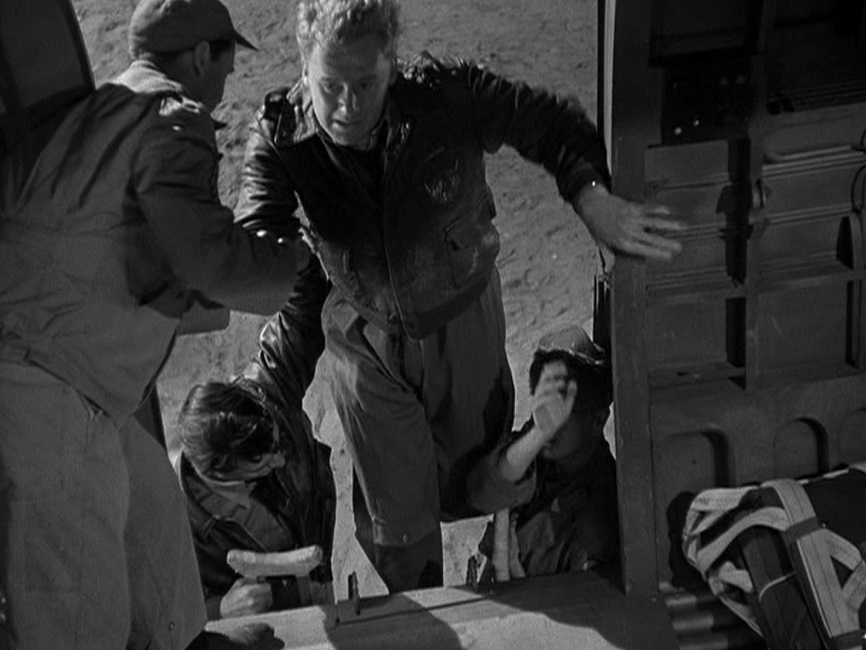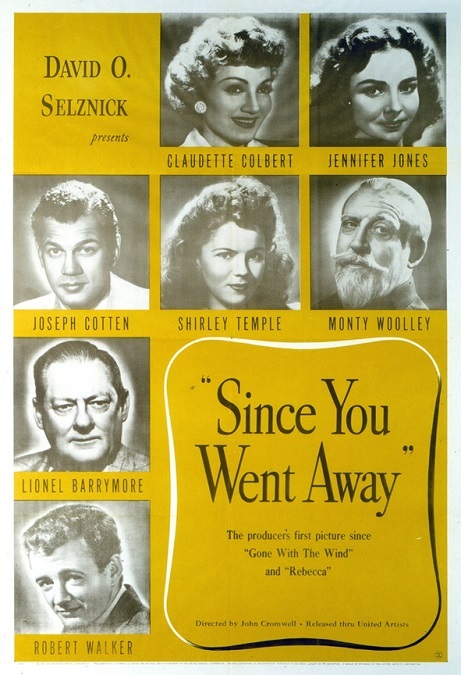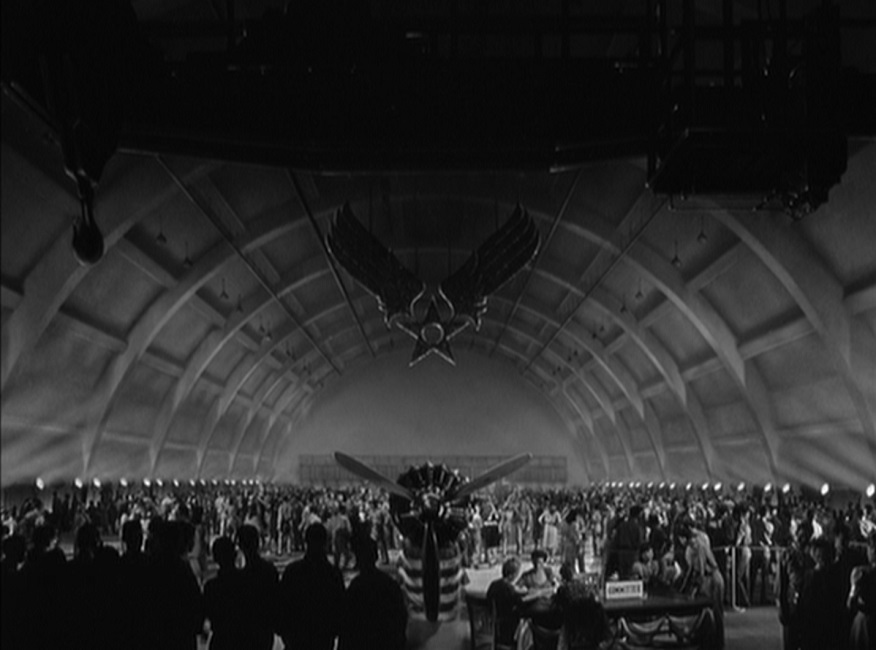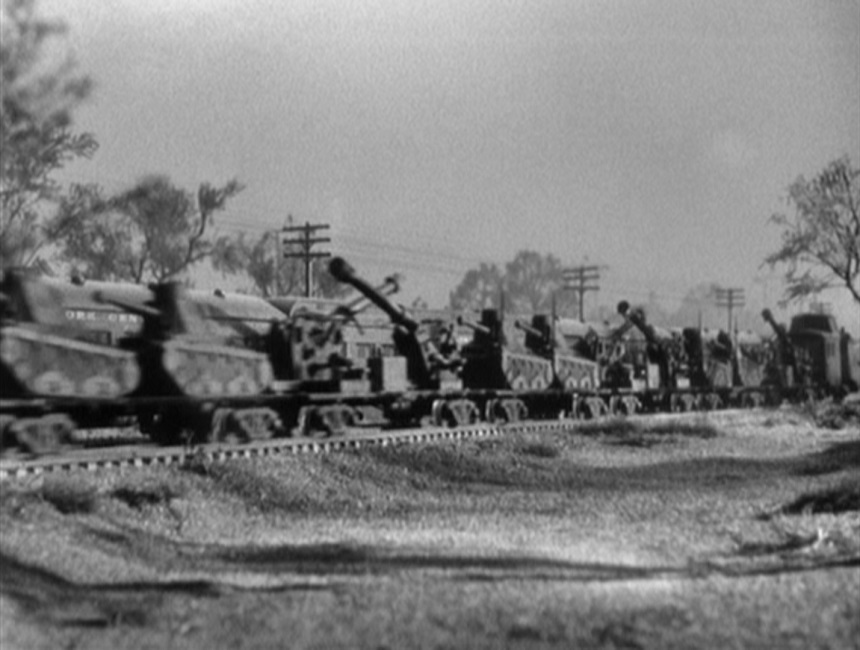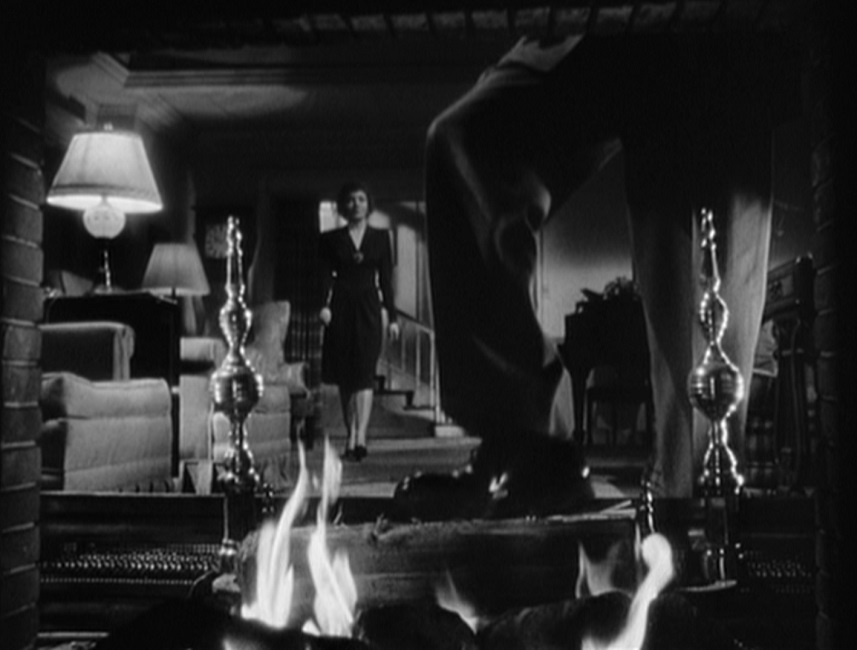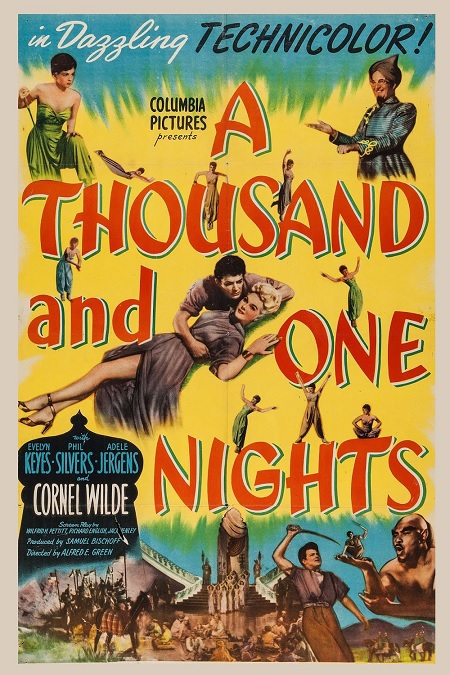
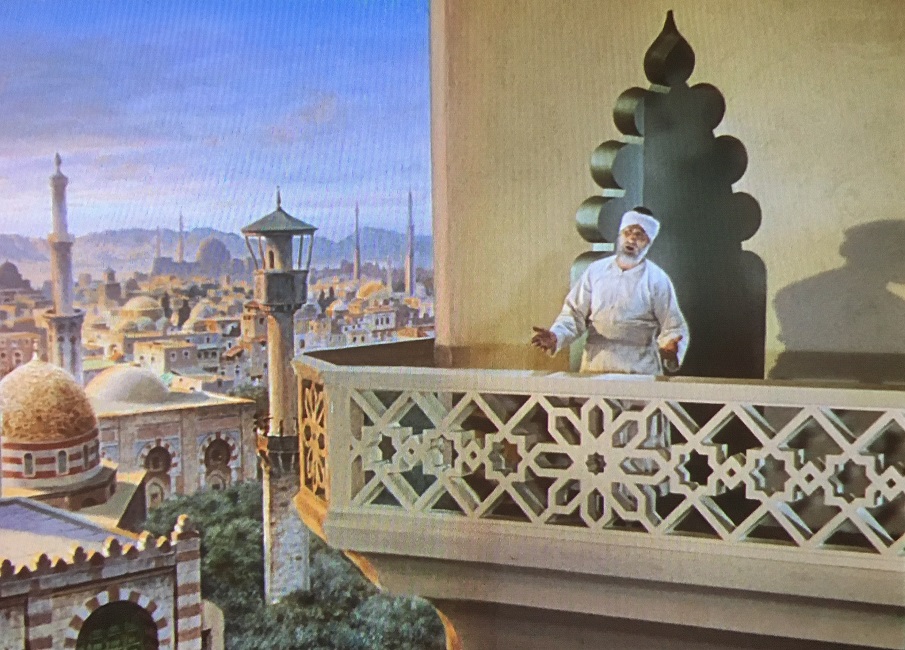
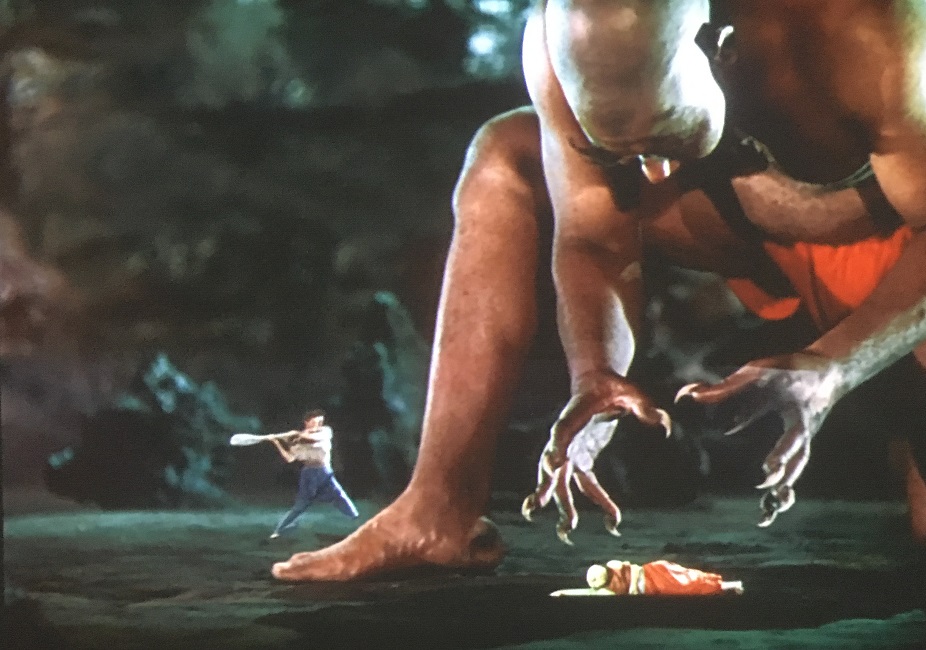
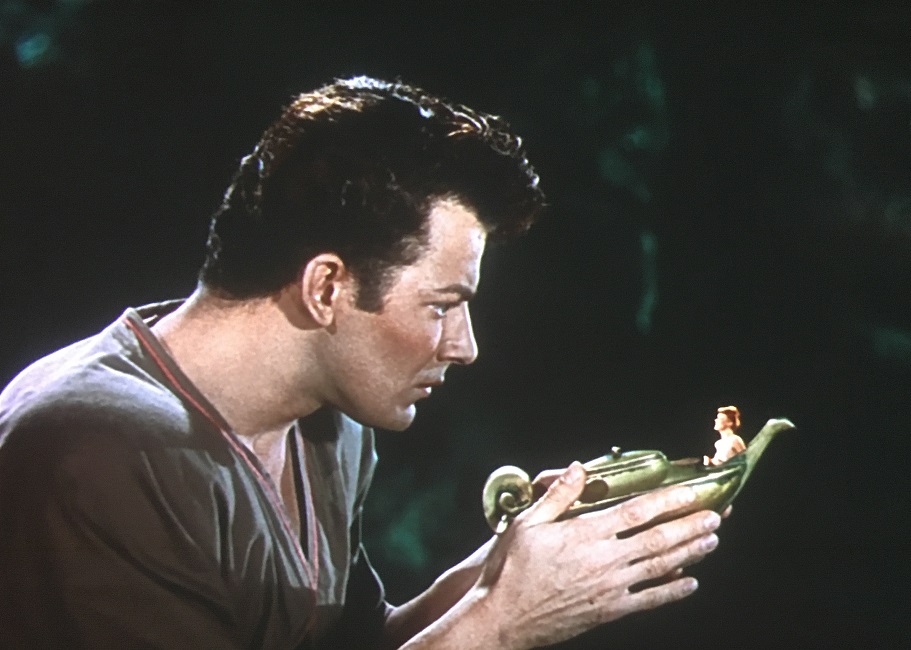
A Thousand and One Nights – 1945

It’s a good thing I’m critiquing this film based only on its special effects. This was one of the dumbest films I’ve had to watch. But I have to mention it because I think the sub-par filmmaking applied not only to the script, but to its visual effects, as well. I know, they weren’t trying to make a serious drama, but I hold an Academy Award nomination for Best Special Effects to a much higher standard.
The movie had two aspects, the romance and the comedic performance of Phil Silvers as he did his shtick. The comedy, which wasn’t remotely funny, set the tone of the film as very campy. Thus, the filmmakers thought that matte-painting backgrounds that looked fake enough to have been painted by a novice was acceptable. Seriously, they looked pretty bad.
Then they borrowed the effect of a giant genie interacting with the puny humans from the 1940 Special Effects Winner, The Thief of Bagdad. The illusion of his giant eye looking at the men through a hole in the wall was OK, but not very impressive as a special effect. This all wouldn’t have been so awful, except that the lighting used on the actors in the wide shots was off. For example, the genie had lighting that gave parts of his body halos from light sources that did not exist.
Then we meet a gorgeous female genie who comes out of the lamp. Story-wise, there was the potential for some pretty cool special effects. But no, they really dropped that ball. There were a few shots of the young lady with only her top half sticking up through the little lamp’s spout. There was a single shot where Phil Silvers walked through her image. Then after those two simple tricks, the most she did was raise her arms and make objects appear or disappear. To change a man into a dog, they simply did those two things at the same time. And then there was the easy effect of the lamp falling off a table without being touched.
The best it got was in two shots, in which she made people’s clothes change or vanish. These were only notable because the people in question were in motion when their apparel was altered. I’m not exactly sure how they did those shots because while the clothes changed, the actors didn’t. I’ll have to concede, that effect was pretty good.
There was a bit of sword-fighting in the climactic scene, though it was much slower than I’ve seen in other swashbuckling period pieces like The Sea Hawk or The Black Swan. And even that had a certain amount of campiness to it, cheapening the excitement. The only other real effect that I noticed was an image projected onto an opaque crystal prop. Other movies had done it before. I guess, when it comes down to it, that was the real problem. I’ve seen all these effects before, and crafted by better effects artists.
